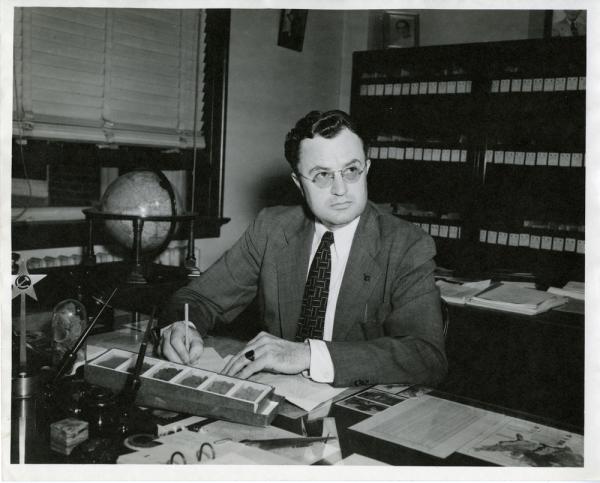
The Importance of Soil
Soil is a fundamental component of agriculture and life, and therefore one of our most important natural resources. Here you will find information on a broad range of topics, including soil science, health, structure, composition, biology and erosion.
Soil Research and Resources
-
ARS National Program 212: Soil and Air [usda.gov]
The ARS National Soil and Air Program has as its mission: to improve the quality of atmosphere and soil resources affected by, and having an effect on agriculture, and to understand the effects of, and prepare agriculture for, adaptation to climate change.
-
Soil Climate Hub [usda.gov]
United States Department of Agriculture.
The USDA Climate Hubs and partners develop tools and resources for use across the country. -
Soils Site [usda.gov]
USDA. Natural Resources Conservation Service.
The NRCS Soils website focuses on Soil Health, Soil Survey, and individual soil topics. -
Soil [usda.gov]
USDA. Animal and Plant Health Inspection Service.
APHIS provides general information and permitting requirements on soil. "Soil is strictly controlled under APHIS quarantine regulations 7 CFR 330 because it can readily provide a pathway for the introduction of a variety of dangerous organisms into the United States." (USDA) -
Long-Term Agroecosystem Research Network (LTAR) [usda.gov]
United States Department of Agriculture.
LTAR's mission is to develop "national strategies for the sustainable intensification of agriculture production" of which soil health plays an important role. -
Research Laboratories and Centers [usda.gov]
United States Department of Agriculture.
Locate USDA experts and research on soils, soils and water issues, conservation, management, and related research.
Special Collections about Soil

Charles E. Kellogg.
Image credit: Charles Edwin Kellogg Papers. Special Collections, USDA National Agricultural Library.
-
Charles Edwin Kellogg Papers [usda.gov]
Charles E. Kellogg, head of the Soil Survey in the United States Department of Agriculture (USDA) for 37 years (1934-1971), developed the Soil Survey. The Charles Edwin Kellogg Papers span the years 1902-1980. View images from the Manuscript Collections [usda.gov].
-
Douglas Helms Collection [usda.gov]
Douglas Helms served as the historian for the USDA Soil Conservation Service and Natural Resources Conservation Service from 1981 to 2011. The Douglas Helms Collection contains Helms' office files and includes articles, books, correspondence, photographs, films, and oral histories.
Featured Resources
Soil Productivity
George Washington Carver Digital Exhibit
The exhibit focuses on the Carver's soil science publications while at the Tuskegee Agricultural Experiment Station, along with a small sample of full-text USDA publications on the same topic.
SoilWeb
Use SoilWeb applications to access and explore detailed soil survey maps and data for most of the United States, as well as maps and data outside of Web Soil Survey.
USDA Soil Samples Collection
In 2015, NAL hosted "Soils in the Classroom-Unearthed. Celebrating the Discovery and Donation of a Historic Soils Collection."
